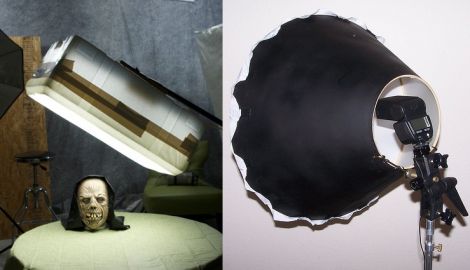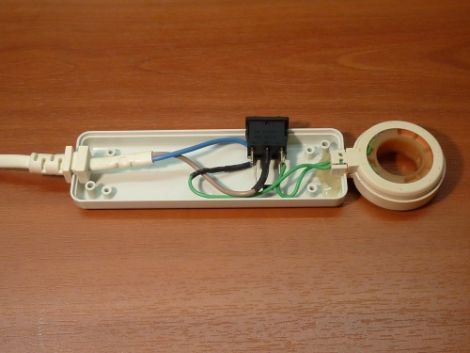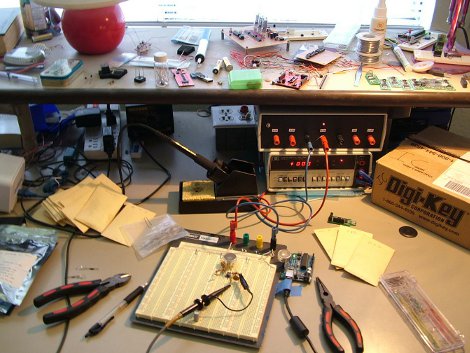
[Bob] had a couple of bright, 12V halogen spotlights in his hallway that didn’t get much use. Rather than toss them out or leave them sitting idle, he decided to replace the bright bulbs with dimmer LEDs that he could keep lit through the night.
He opened up the spotlights, removing the bulbs and the built in mirrors before fitting them with 350mA LED pucks. The pucks were mounted to a pair of L-shaped aluminum scraps, which serve as both a mounting plate and heatsink. When running, the underdriven LEDs barely heat the aluminum plates, so he is pretty confident that the lights are adequately cooled.
The orange LEDs provide a nice warm glow in his hallway, and he says they are perfect for late night trips to the fridge. They currently stay lit all the time, but [Bob] is considering adding a light sensor to turn them on them automatically, as well as a PIR sensor to increase the brightness as someone passes by.

















